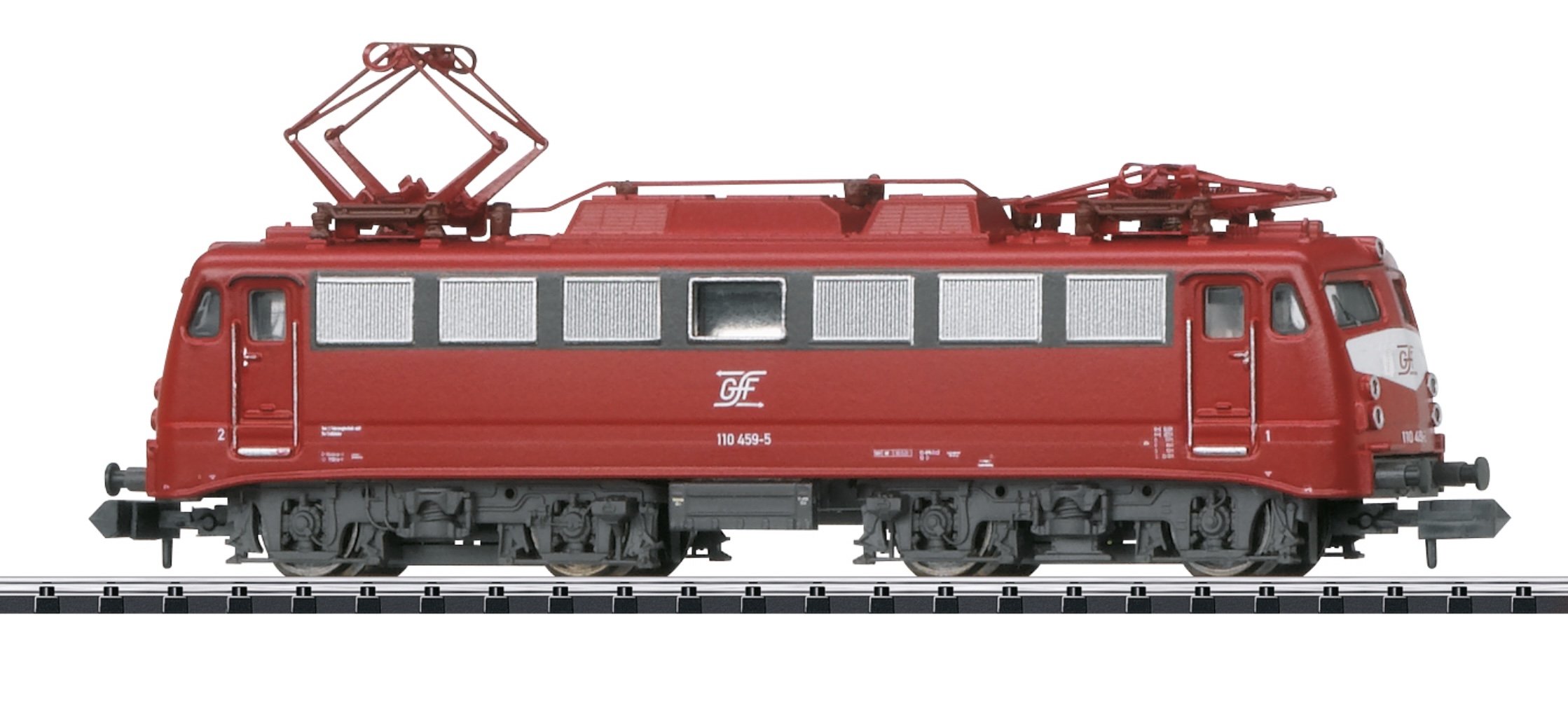The Gangut-class battleships, also known as the "Sevastopol class", were the first dreadnoughts begun for the Imperial Russian Navy before World War I. They had a convoluted design history involving several British companies, evolving requirements, an international design competition, and foreign protests. Four ships were ordered in 1909; two were named after victorious battles of Peter the Great in the Great Northern War and the other two were named after battles in the Crimean War. Three ships of the class used names of pre-dreadnought battleships of the Petropavlovsk-class lost in the Russo-Japanese War. Construction was delayed by financing problems until the Duma formally authorized the ships in 1911. They were delivered from December 1914 through January 1915, although they still needed work on the turrets and fire-control systems until mid-1915. Their role was to defend the mouth of the Gulf of Finland against the Germans, who never tried to enter, so the ships spent their time training and providing cover for minelaying operations. Their crews participated in the general mutiny of the Baltic Fleet after the February Revolution in 1917, and joined the Bolsheviks the following year. The Russians were forced to evacuate their naval base at Helsinki after Finland became independent in December 1917. The Gangut-class ships led the first contingent of ships to Kronstadt even though the Gulf of Finland was still frozen.
All of the dreadnoughts except for Petropavlovsk were laid up in October–November 1918 for lack of manpower. Poltava was severely damaged by a fire while laid up in 1919. Petropavlovsk was retained in commission to defend Kronstadt and Leningrad against the British forces supporting the White Russians although she also helped to suppress a mutiny by the garrison of Fort Krasnaya Gorka in 1919. Her crew, and that of the Sevastopol, joined the Kronstadt Rebellion of March 1921. After it was bloodily crushed, those ships were given proper 'revolutionary' names. The other two serviceable vessels were recommissioned and renamed in 1925–26 while some work was done to repair Frunze, as Poltava was now known, but the money quickly ran out for her repairs. Parizhskaya Kommuna, the former Sevastopol, was modified in 1928 to improve her sea-keeping abilities so that she could be transferred to the Black Sea Fleet which had nothing heavier than a light cruiser available. This proved to be the first of a series of modernizations where each ship of the class was progressively reconstructed and improved. A number of proposals were made in the 1930s to rebuild Frunze to match her sisters or even as a battlecruiser by removing one turret, but these came to naught and she was hulked preparatory to scrapping.
The two ships of the Baltic Fleet did not play a prominent role in the Winter War, but did have their anti-aircraft guns significantly increased before Operation Barbarossa in 1941. However this did not help either ship as they attempted to provide fire support for the defenders of Leningrad. Marat had her bow blown off and Oktyabrskaya Revolyutsiya was badly damaged by multiple bomb hits in September. The former was sunk, but later raised and became a floating battery for the duration of the Siege of Leningrad while the latter spent over a year under repair, although this was lengthened by subsequent bomb hits while in the hands of the shipyard. Both ships bombarded German and Finnish troops so long as they remained within reach, but Oktyabrskaya Revolyutsiya did not venture away from Kronstadt for the duration of the war. Parizhskaya Kommuna remained in Sevastopol until forced to evacuate by advancing German troops. She made one trip to besieged Sevastopol in December 1941 and made a number of bombardments in support of the Kerch Offensive during January–March 1942. She was withdrawn from combat in April as German aerial supremacy had made it too risky to risk such a large target.
Sevastopol and Oktyabrskaya Revolyutsiya remained on the active list after the end of the war although little is known of their activities. Both were reclassified as 'school battleships' (uchebnyi lineinyi korabl) in 1954 and stricken in 1956 after which they were slowly scrapped. There were several plans (Project 27) to reconstruct Petropavlovsk using the bow of Frunze, but they were not accepted and were formally cancelled on 29 June 1948. She was renamed Volkhov in 1950 and served as a stationary training ship until stricken in 1953 and subsequently broken up. Frunze was finally scrapped beginning in 1949.
Item Links: We found: 1 different collections associated with Gangut - Battleship
- Collection Warships: 3 different items.
If you see errors or missing data in this entry, please feel free to log in and edit it. Anyone with a Gmail account can log in instantly.







